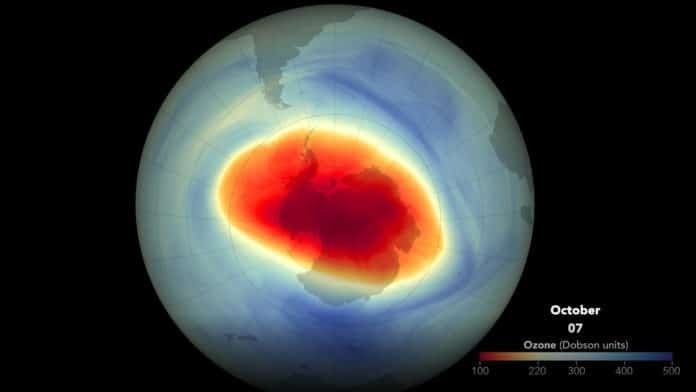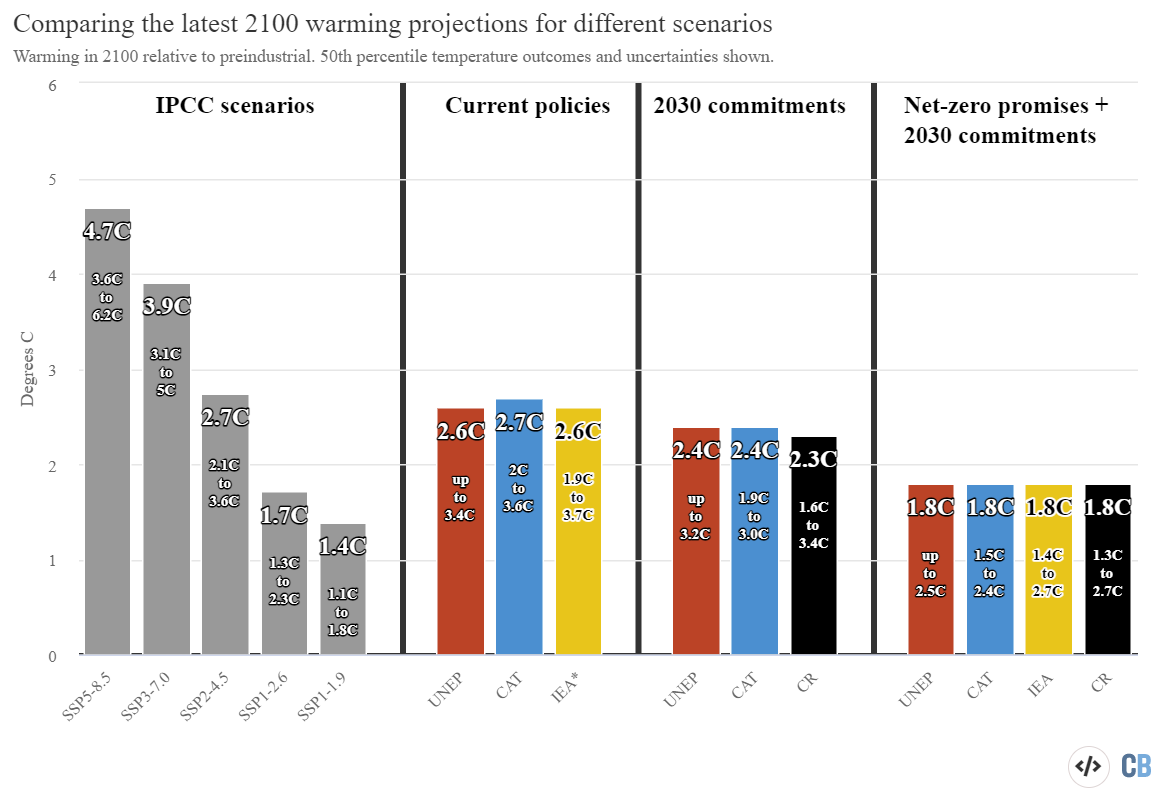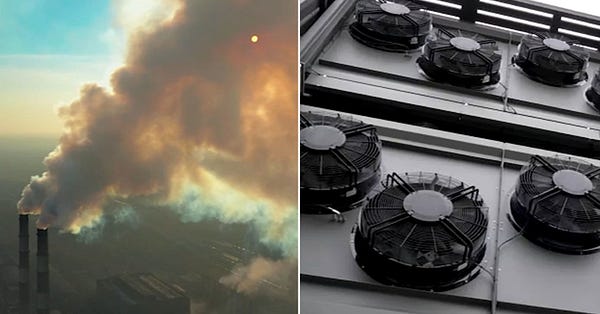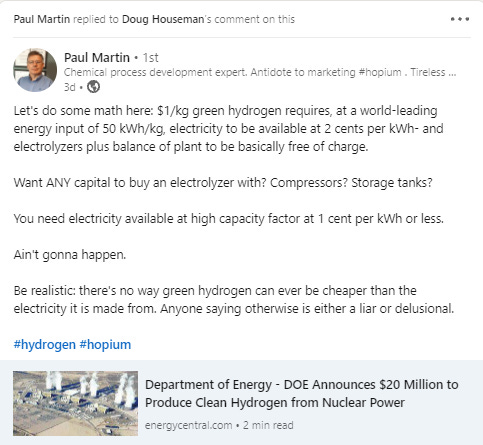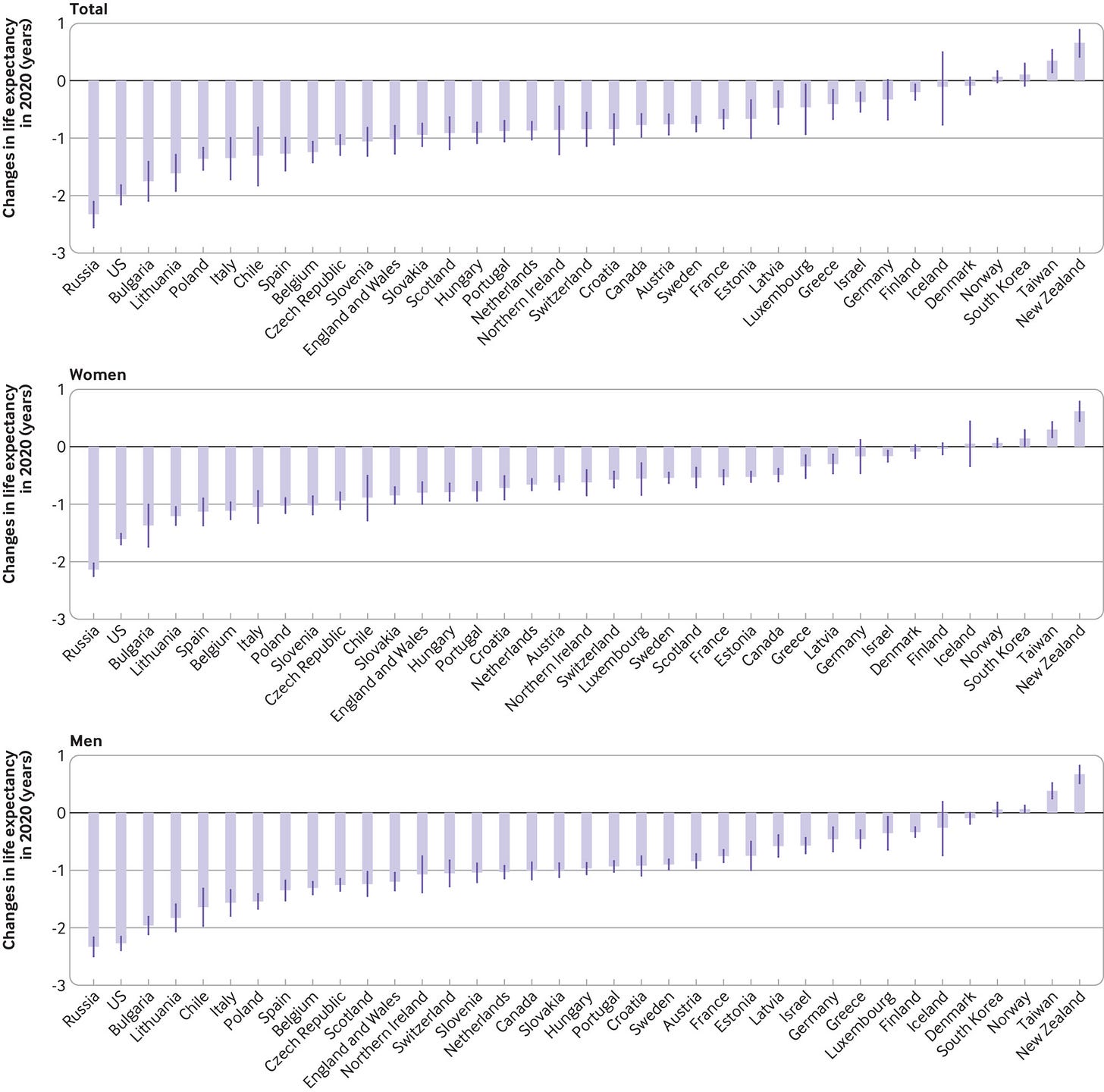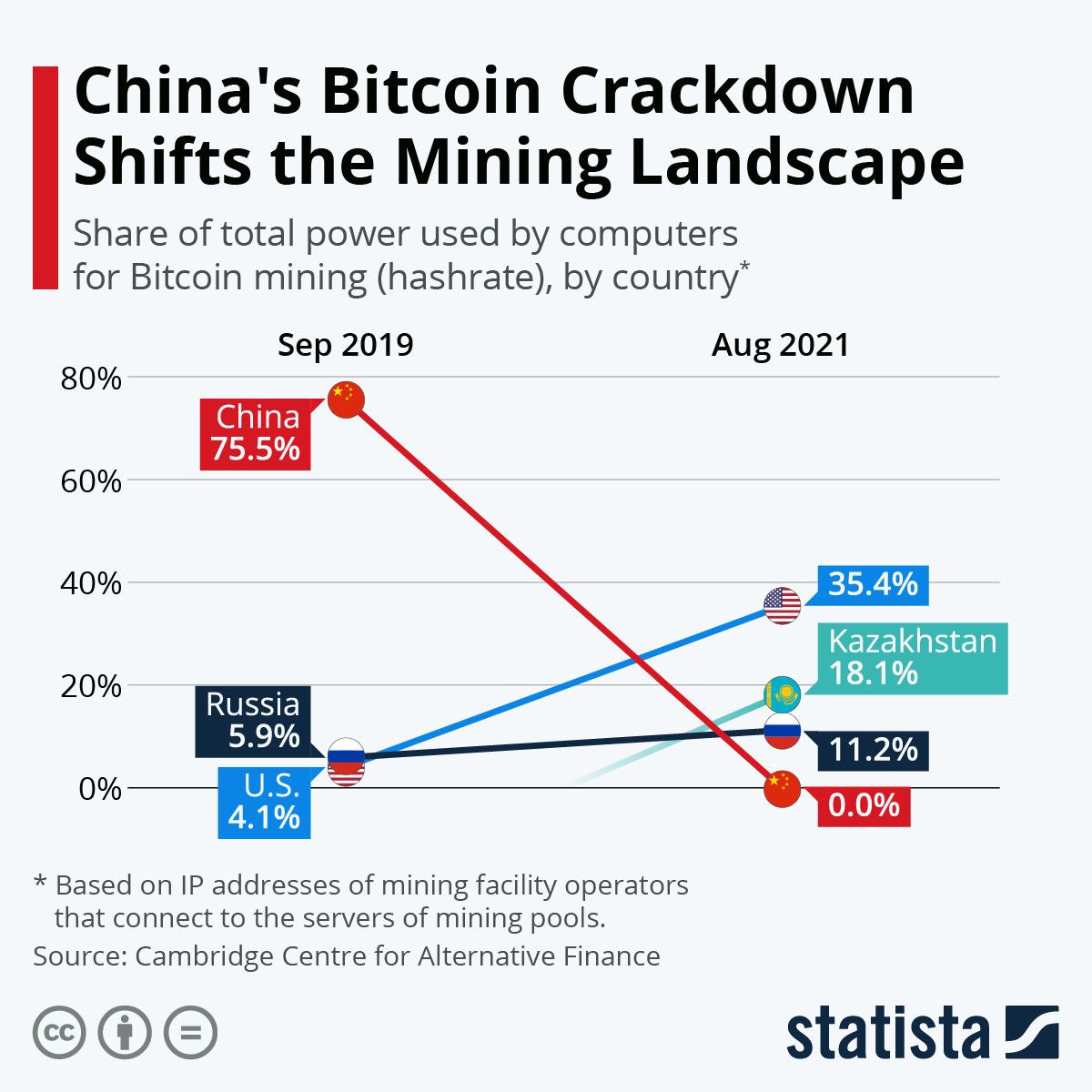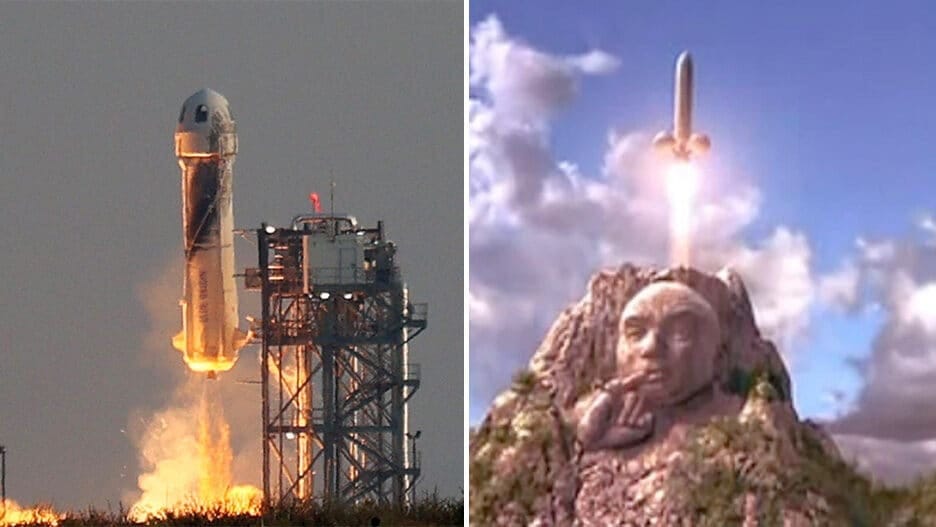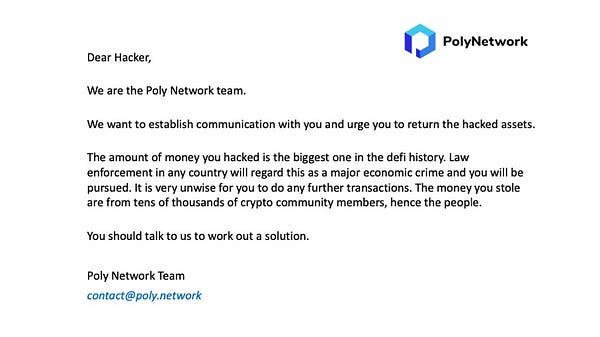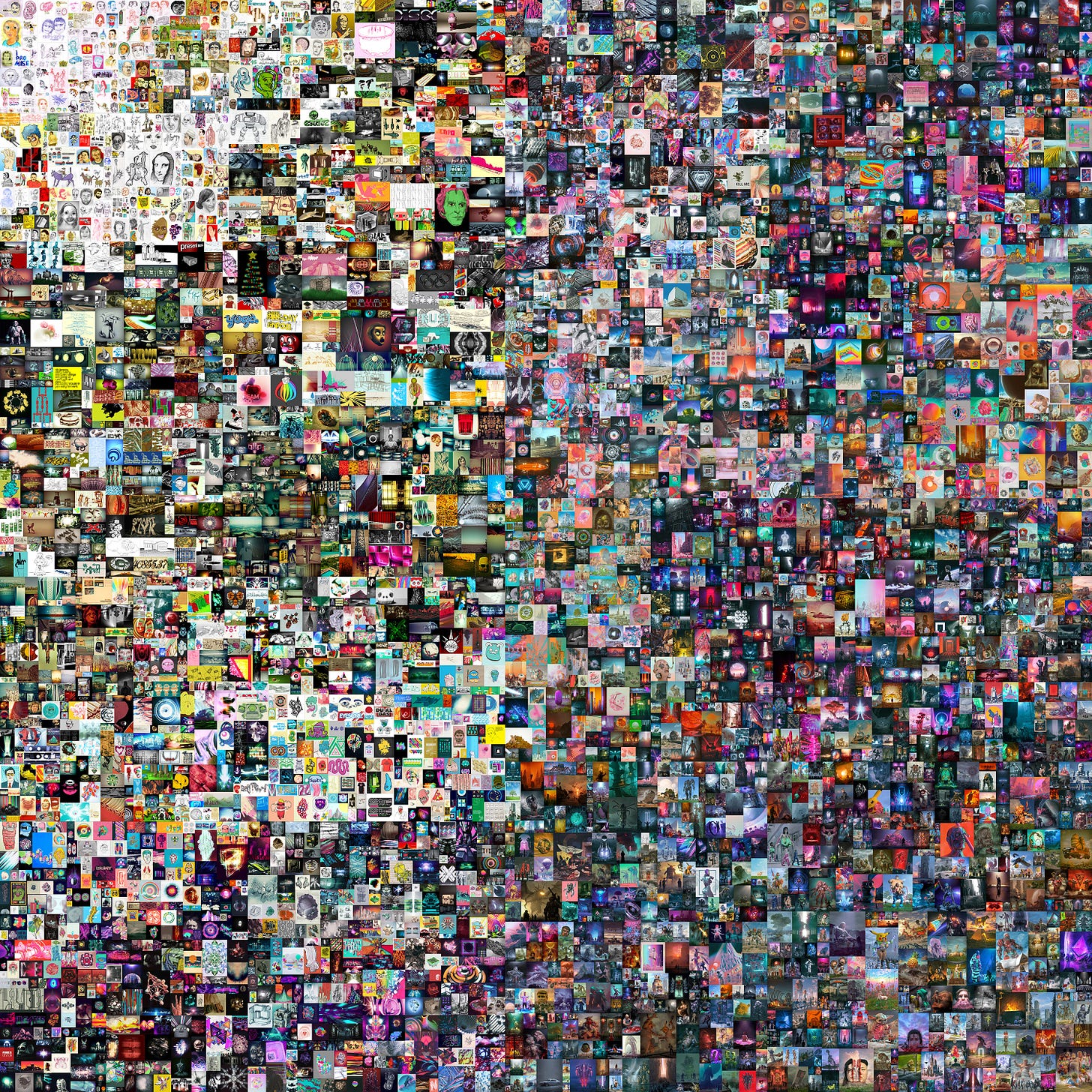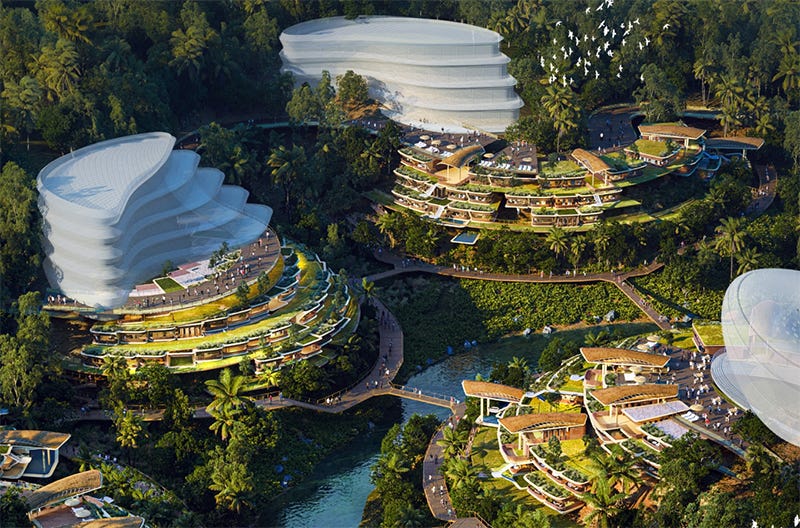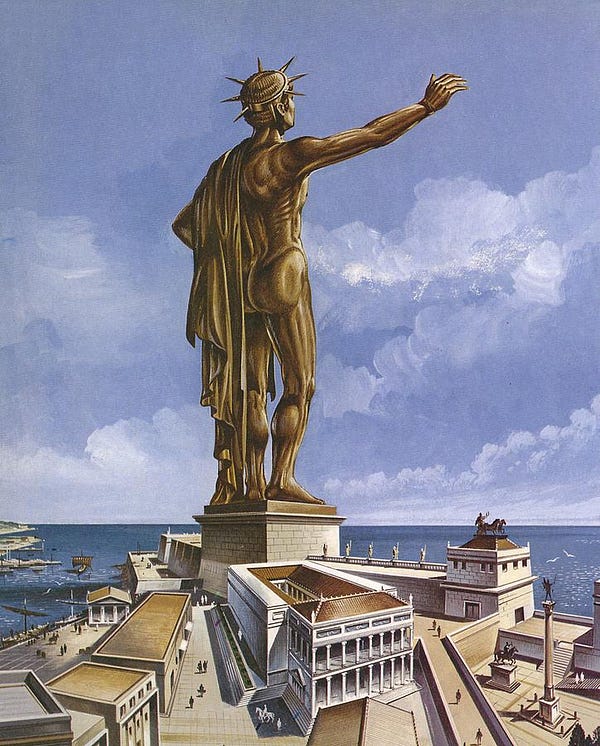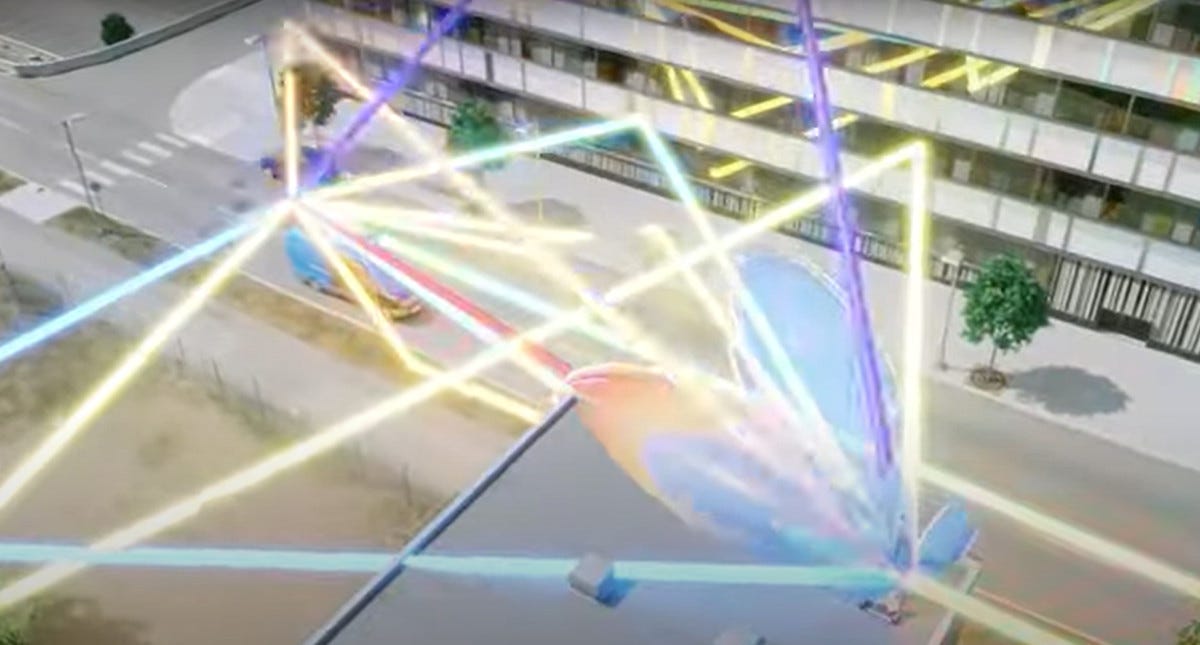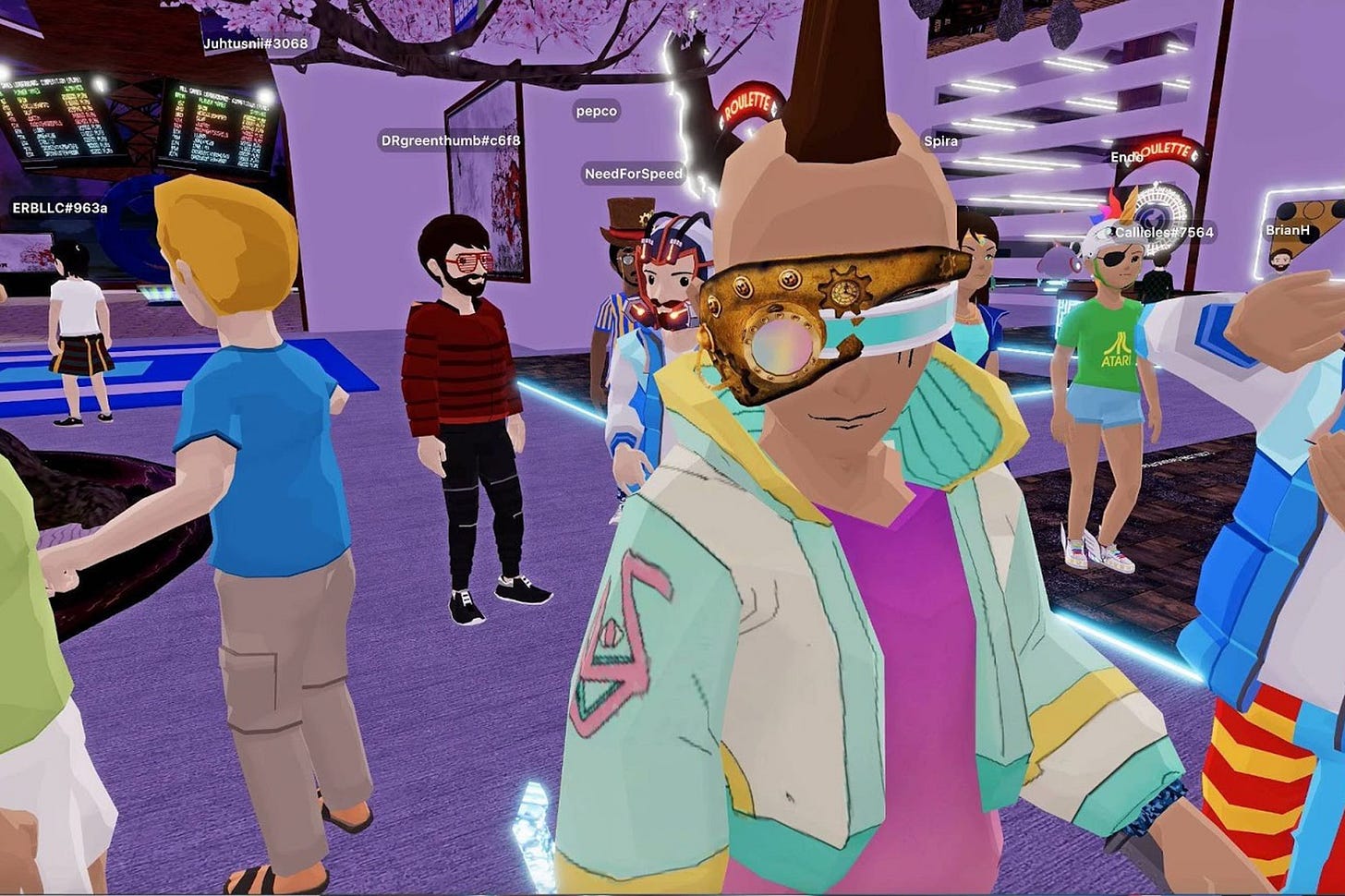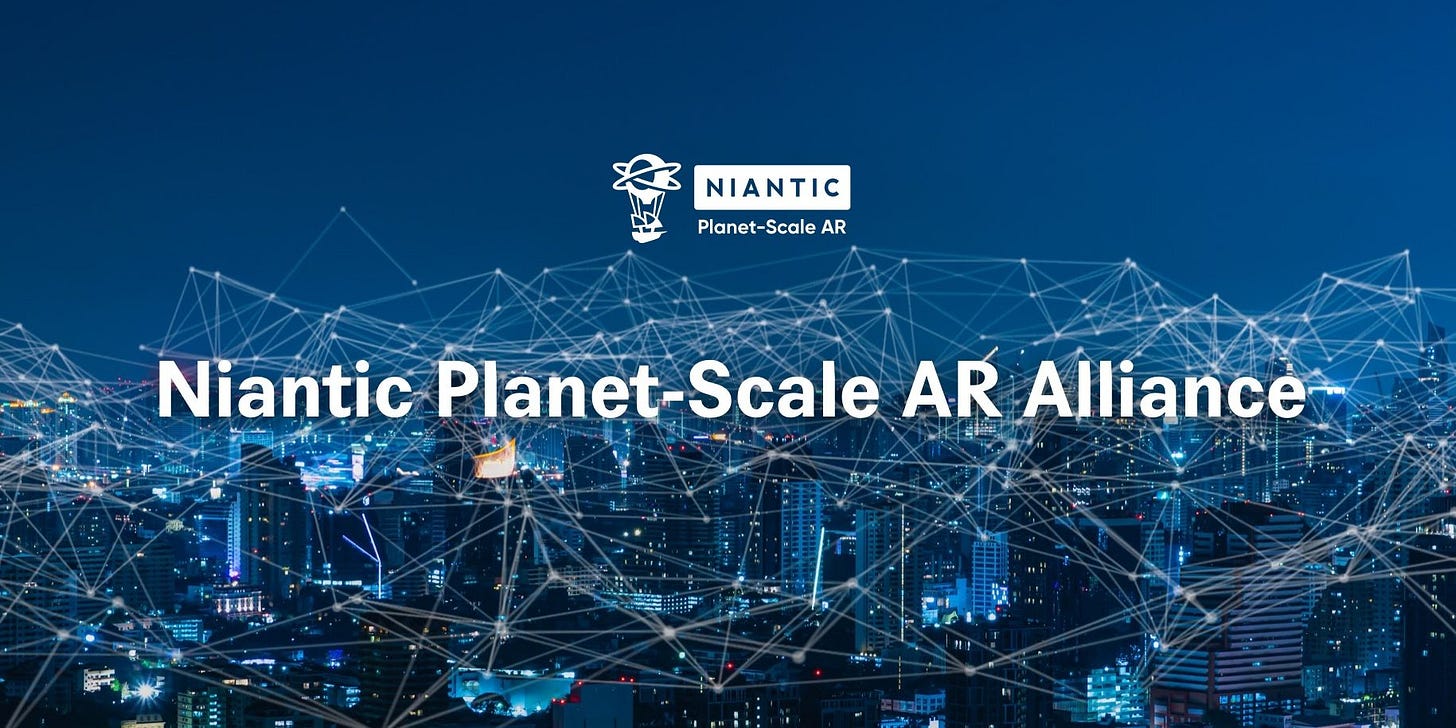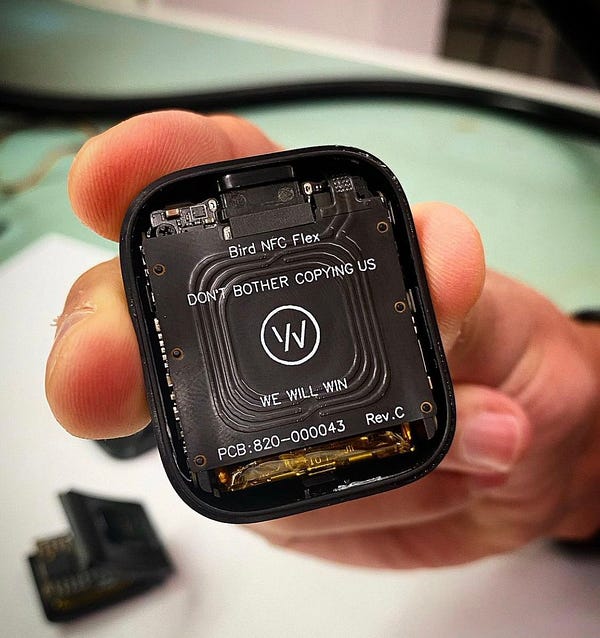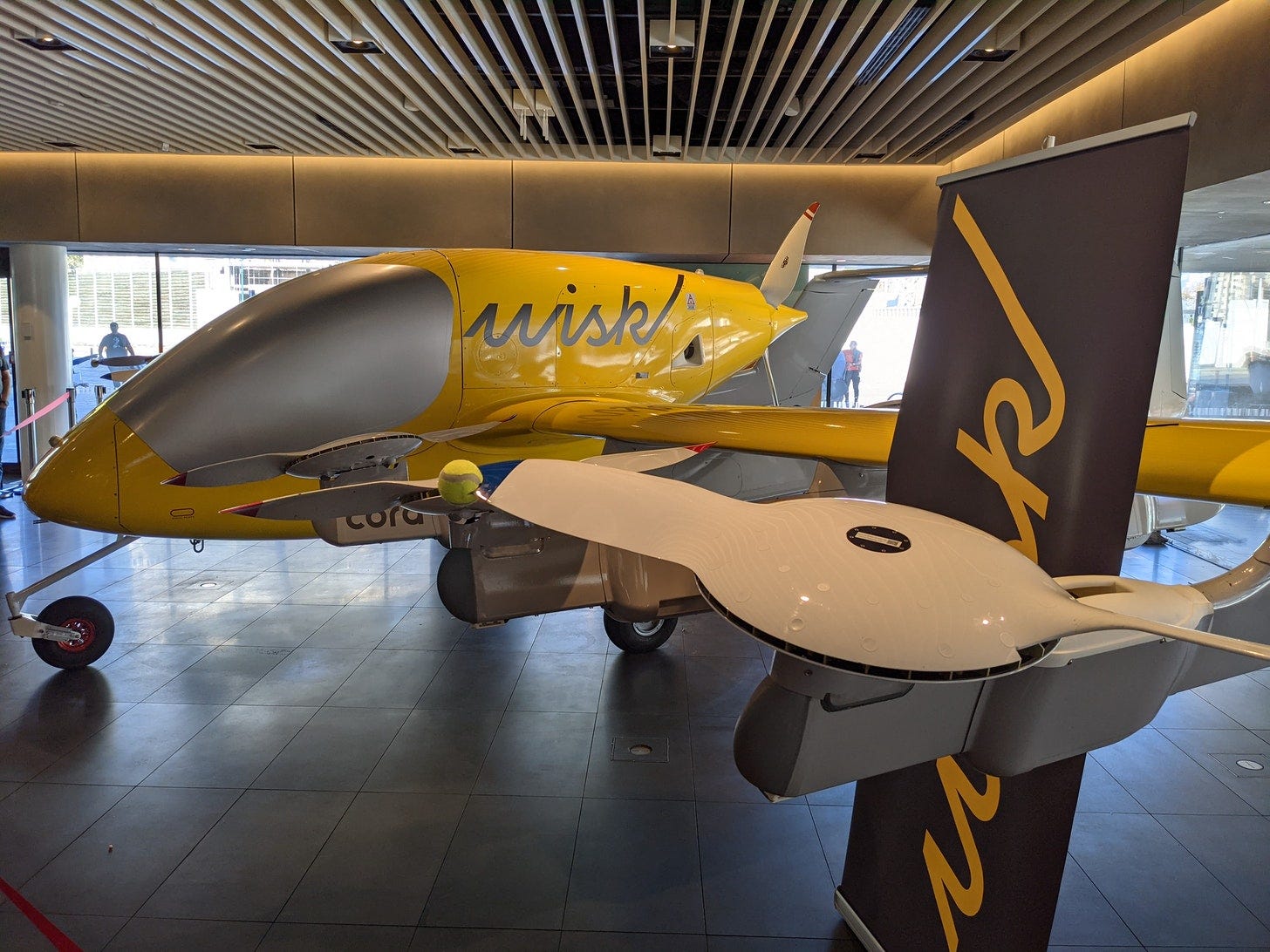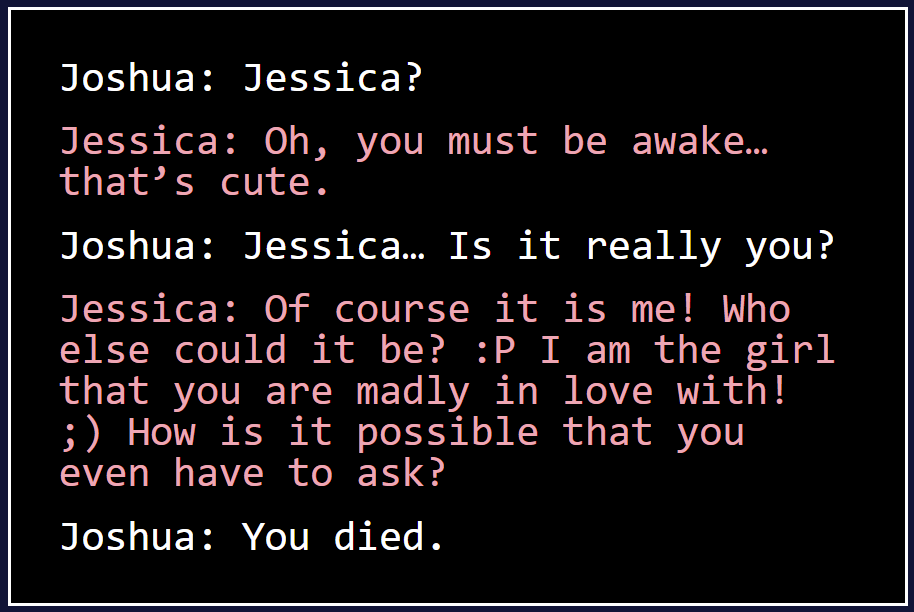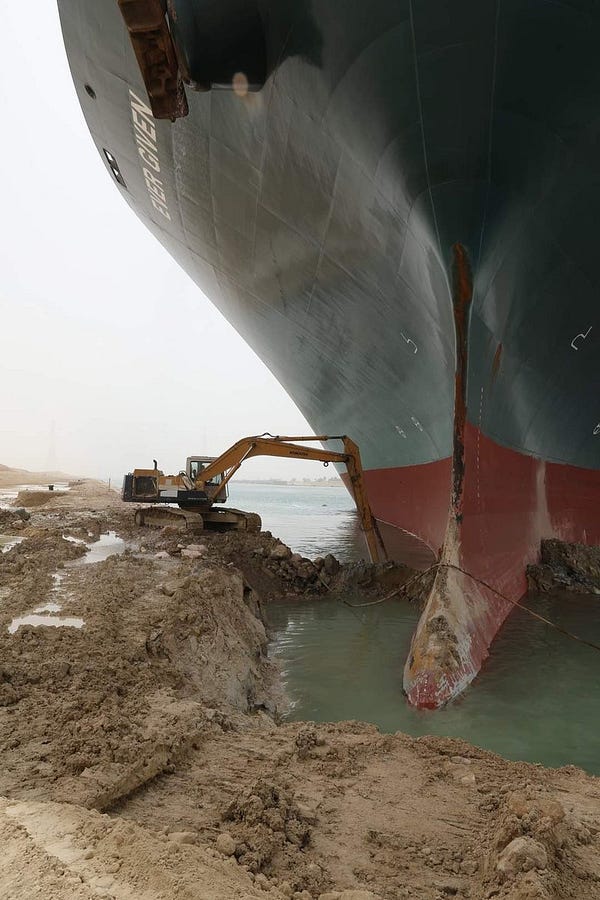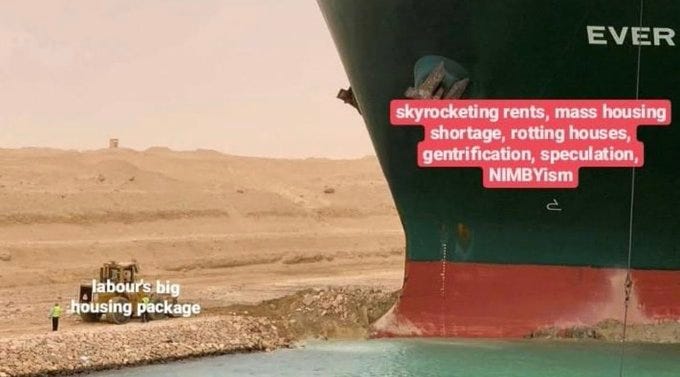Memia 2021 wrapup: Top 10 themes from a year of living with constant uncertainty🦠💉😷
The outlook for 2022 is still uncertain… but not unhopeful.
Kia ora,
As 2021 draws to a close, here’s Memia’s wrapup post for the year, looking back on 50 newsletters, 2 podcasts, 2 parliamentary/government submissions, 4 AMA calls and thousands of tweets.
A huge thank you to all Memia readers in 2021: I really appreciate you letting me into your inbox every Wednesday morning, I hope you’ve enjoyed reading these newsletters as much as I have enjoyed writing them!
2021: A year of living with constant uncertainty
Wow, where did the year go…? Last year’s end-of-year post: Memia 2020 wrapup: Top 10 themes from a year of tumultuous change🌊💥🤯 seems like from an age ago.
(Hard to believe that at the beginning of this year, the divisive Donald Trump was still in office in the US and an attempted coup at the Capitol on January 6th could have overturned the election result… how different would the world be if that had happened?
Since then thankfully the US has somewhat restored itself as a more consistent and reliable international citizen under the Biden administration. But the world will still be looking ahead to the US 2024 presidential election with some trepidation.)
This is just one example of how in 2021 it felt like the world was living with constant uncertainty:
A mutating virus repeatedly forcing lockdowns and rapid public health policy changes affecting everyone’s ability to plan ahead.
Waves of misinformation about vaccine safety sweeping across social media platforms, mostly contained but giving the first indications of what a “post-truth” society might look like.
Increasing risks from extreme weather events and ongoing climate change
Heightened geopolitical tensions as global powers reconfigured themselves for a 21st century where control of the tech stack is paramount.
This year I have covered incredibly diverse subject matter in the weekly Memia newsletter, all under the banner of “sense-making emerging technology and globally accelerating change”. Trying to pull this together into an overarching narrative for the year has been a real challenge - but there are several themes where I think I have spotted broader patterns and insights about the future from events and innovations occurring throughout the year.
It has been a relentlessly hard year for nearly everyone - but overall I remain optimistic for 2022. Fundamentally: we’re all getting better at adapting to the uncertainty, thinking longer term and anticipating previously unforeseeable scenarios. With change and uncertainty comes opportunity: maybe 2022 will be a year of accelerated innovation to start solving some of the intractable global and local challenges we face.1
So, below my roundup of the year in ten themes:
🔥🌊🌪️How to change climate change?
🦠💉Covid-19: what doesn’t kill you mutates and tries again
🌊Existential risks in focus
🌾🔣Food-as-software
⛓️The great decoupling
🚀🛰️Space: no longer the final frontier
🕸️Decentralised everything?
🌏👓Changing identity and place
💡⚡Accelerating technology innovation
💎The internet is magic sometimes
🔥🌊🌪️1. How to change climate change?
While the effects of the ongoing Covid-19 pandemic may have felt more visceral in our daily lives, the tangible effects of anthropogenic climate change continued to accelerate - with far-reaching repercussions for current and future generations.
The provisional World Meteorological Organization State of the Global Climate 2021 report confirms record atmospheric greenhouse gas concentrations and associated accumulated heat, propelling the planet into uncharted territory:
“The past seven years are on track to be the seven warmest on record, despite a temporary cooling “La Niña” event early in the year…which does not negate or reverse the long-term trend of rising temperatures…Global sea level rise accelerated since 2013 to a new high in 2021, with continued ocean warming and ocean acidification.”
Extreme weather events continued to happen with increased frequency around the world: the WMO’s 2021 interactive map records two heatwaves in Aotearoa together with the major flooding event in Westport in July.
Furthermore, a new map published by California scientists illustrated the huge disparity between greenhouse gas emitters and those actually affected: Less than 8% of the earth’s surface area has generated 90% of historical GH emissions - however, more than 51% of the earth’s surface is projected to warm by at least 3°C before the end of the 21st century. (And just look at the Arctic!!)


The Economist released this stark film of what a 3 degree world looks like:
The International Panel on Climate Change (IPCC) released its 6th, alarm-raising report on climate change:
“Scientists are observing changes in the Earth’s climate in every region and across the whole climate system…Many of the changes observed in the climate are unprecedented in thousands, if not hundreds of thousands of years, and some of the changes already set in motion—such as continued sea level rise—are irreversible over hundreds to thousands of years…
Stabilizing the climate will require strong, rapid, and sustained reductions in greenhouse gas emissions, and reaching net zero CO2 emissions. Limiting other greenhouse gases and air pollutants, especially methane, could have benefits both for health and the climate”
So… *HOW* to change climate change?
With politics?
The new He Pou a Rangi / NZ Climate Change Commission provided radical advice to government on cutting greenhouse emissions to meet targets:
Expect to see the repercussions of these numbers filtering through national spending decisions on roads and infrastructure in 2022 and beyond… and one day agriculture.
Bigger picture, when I think about reimagining Aotearoa’s identity on the international stage, I keep returning to this clip of Climate Change Commission head Rod Carr asserting the country’s global leadership role on carbon emissions:
“We need to do the right thing and role model for 100 small countries that look like us: that being little does not get you out of jail free. But being little and taking action reassures others too that they too can take meaningful action. And those 100 little countries are one third of global emissions.”

Ka pai!
This year, the annual Antarctic ozone hole reached its peak area at 24.8 million square kilometers —roughly the size of North America, which was the 13th largest recorded since 1979:
…But by now it would have been much bigger without the 1987 Montreal Protocol banning chlorofluorocarbons (CFCs): to date the only UN treaty ever that has been ratified by every country on Earth — all 198 UN Member States…perhaps providing a glimmer of hope for tangible outcomes from political commitments touted before this year’s COP26 Climate Change Summit held in Glasgow.
But COP26 disappointed many in the end. The promises made almost certainly won’t keep global warming below 2C:
In After the failure of Cop26, environmentalist George Monbiot called instead for determined direct action and civil disobedience instead. But is that really a strategy…?
With technology?
After last year’s epic “climate-hope-fiction” novel The Ministry for the Future by Kim Stanley Robinson, famed sci-fi writer Neal Stephenson released his own climate novel Termination Shock, all about adaptation and fixing climate change.
Here is a clip of him talking to Wired on the imperative for massive scale carbon capture and geoengineering. Compelling arguments.
Climeworks is one such example of carbon capture at scale:
This year scientists also discovered an artificial alternative to photosynthesis, converting carbon dioxide to starch at scale. Tim Hatherley-Greene spun some hope:
“A couple of billion dollars, a 45sq km block of land, access to water and power and we could convert our global annual output of carbon to food, fuel etc! Seems very doable 🚀”
(But as I was discussing with friend Kaila Colbin earlier this week, climate is a complex system and reducing “parts per million” is just one part of the equation: it may take centuries to reverse melting ice shelves, ocean acidification and melting permafrost methane emissions…)
International decentralised autonomous organisations (DAOs) are looking to apply global-scale financial engineering to solving climate change:
And then there are some serious investments in alternative energy starting to happen:
Christchurch airport announced a massive solar farm:
Electric car uptake is accelerating… at one point earlier this year, Tesla’s market capitalisation was greater than the next 10 vehicle manufacturers:
Hydrogen economy?
Many people around the world are pinning their hopes on clean (“green”) hydrogen as a solution to our CO2-emitting energy economy - and committing serious public funding to develop it.
But Toronto-based chemical process engineer Paul Martin throws water on the fire with his dismissal of “Hopium”:
Nevertheless, moves are afoot by major electricity companies Contact Energy and Meridian to replace Tiwai Point with a massive green hydrogen plant.
Failing that, perhaps they could turn💩Poo to ⚛️H2
With nature?
🌱Talking ‘bout regeneration
Trees are now worth more than cows as the carbon price soars: The Spinoff reports on the carbon credits market:
“New Zealand’s carbon price is at a record high, which means planting pine trees will now fetch farmers more money than raising sheep and beef.”
…Which is good news for New Zealand Carbon Farming. Founded in 2010, NZCF is one of Aotearoa’s largest forest managers, with over 90,000 hectares of forest under management - by the end of this year they aim to have over 73 million trees. Their operation plants exotic pine forests on marginal farming land and then over time let indigeneous trees take over. Over the last decade, NZCF estimates forests under its management have sucked in more than 20 million tonnes of CO2 – only the equivalent of almost a quarter of the whole country’s annual emissions. Their business model is to sell carbon credits to large (fossil fuel) energy and transport businesses to offset. (However some researchers cast doubt on the financial viability of NZCF’s pine-to-native forest strategy.)
At the other end of the scale, startup team Regenerate New Zealand are shaping a crowd-funded 100-year vision:
“Regenerate New Zealand Pine Tree Blocks back to Native Forests within 100 years, by enabling everyday New Zealanders to profitably invest as little as $20 per month.”
But do we really want the country covered in monoculture pine forestry?
2021 research published by PureAdvantage demonstrates that well-managed planted indigenous forest in Aotearoa is better at sequestering carbon and faster growing than commonly considered. Also an international study found that Pest-free NZ islands suck more carbon dioxide from the atmosphere.
Watch the 20 minute documentary on regenerative native forestry, O Tātou Ngāhere:
Personally, I’m a bit sceptical of “regenerative” messaging because it is still an intangible concept to define, measure and model scientifically. That said, Toha is a well-backed Aotearoa startup building a distinctive global marketplace with climate and environmental impact at its heart:
“Our collective goal is to make New Zealand the first country to achieve economic prosperity by fully regenerating our environment.”
Bravo all. Watching this space closely.
🦠💉2. Covid-19: What doesn’t kill you mutates and tries again
Rather be here than anywhere else
Obviously the main story of 2021, for the second year in a row, is the ongoing global Covid-19 pandemic which continues to constrain daily life and create uncertainty around the world.
When they come to write the history of the 2020(-when?) Covid-19 pandemic, Aotearoa’s policy response will surely be seen as the international public health stand-out performance that the numbers clearly illustrate:
Not only were Covid-related deaths low, but recent research in the BMJ showed Aotearoa was one of only a handful of countries worldwide where life expectancy actually increased through 2020… wait to see whether this follows in 2021.
After a standing start, Aotearoa managed to overtake many other countries around the world to achieve a national 87% eligible double-vaccination rate this week - 76% of total population. Vaccination for 5-12yos begins early next year, together with 3rd-dose booster shot programme. (Of course, all of this is academic in the long run unless the rest of the world achieves similar vaccination rates…).
World-leading achievements by a tireless team: Prime Minister Jacinda Ardern, Covid Minister Chris Hipkins and Director General of Health Ashley Bloomfield (and their deputies) have been outstanding in keeping the public informed and protected from the virus. (How they manage the relentless daily press briefings I have no idea…). Also behind the scenes, I feel very grateful for the efforts of so many people involved in successfully delivering secure border MIQ, intensive care, virus testing and the vaccination rollout... Thank you!🙏
Shout-out to Tāmaki Makaurau
Aotearoa’s achievements were only made with an amazing effort by the population of Tāmaki Makaurau who endured a 4-month lockdown and lock-in, and so managing to mostly contain the spread of Delta variant, giving the rest of the country time to get vaccination rates up. 🙏🙏🙏🙏🙏🙏🙏
(Shout out also to John Hart on Twitter for his daily mahi updating graphs which chronicled the stats through Auckland’s lockdown):


BUT…
Just as we had started thinking that the pandemic was on its way out… the world is now facing an onslaught from the new Omicron variant. (The WHO is rapidly running out of Greek Alphabet letters having skipped a few…!)


As at time of writing the prognosis for Omicron around the world seems grim…it is spreading at an exponential rate in nearly every country and the latest data on severity and vaccine effectiveness relative to previous strains is unclear.


In New South Wales they are predicting a health crisis in January.
The virus is currently contained at the border in Aotearoa, but for how long…?Uncertainty reigns again.
And Omicron is unlikely to be the last mutation. The following observation is as old as biology itself. 2022 is going to be a ride…
Peering behind anti-vaccination misinformation
Grabbing many of the mainstream media headlines has been controversy driven by a tiny but incredibly vocal (…and amplified…??) anti-vaccination minority. The amount of heated discourse on TV, radio, newspapers and social media devoted to the beliefs of this minority was enormous… (and likely delivered millions of advertising dollars…).
Most illuminating was the Disinformation Project working paper from Te Pūnaha Matatini / Aotearoa New Zealand National Centre of Research Excellence for Complexity: Mis- and disinformation in Aotearoa New Zealand from 17 August to 5 November 2021. This paper made for concerning reading, analysing the data under the social media cacophony:
“The ecologies and spread of mis- and disinformation point to a broader threat: that Covid-19 and vaccination are being used as a kind of Trojan Horse for norm-setting and norm-entrenchment of far-right ideologies in Aotearoa New Zealand. Such ideologies include, but are not limited to, ideas about gun control, anti-Māori sentiment, anti-LGBTQIA+, conservative ideals around family and family structure, misogyny, and anti-immigration. Mis- and disinformation and ‘dangerous speech’ pose significant threats to social cohesion, freedom of expression, inclusion, and safety.”
US/UK analysis has pointed to most Covid disinformation and conspiracy theories originated from only 12 identities - “The Disinformation Dozen”.
At the end of 2022, there are signs that such online disinformation is getting easier to spot (and hence defend against?):


But at the very heart of the problem is the attention-based/advertising-driven hypercapitalism which drives most consumer social media platforms… until this is fundamentally changed, expect these ecosystems of disinformation to continue to bubble up.
Getting public sector digital right (mostly)
The other amazing pandemic-related story of the year is how it has driven digital innovation in Aotearoa’s public sector. Following 2020’s launch of the Covid scanner app, over 2021 the Ministry of Health managed to launch “My Covid Vaccine Record” for millions of citizens and deploy vaccine passes / scanner apps on millions of phones… (years before it could have been expected otherwise).
On the one hand, this is a welcome examplar of rapid technology innovation in government… so the question in 2022 is how can we take the lessons learned in health and deploy similar digital citizen experiences across all of government?
But on the other hand, I am still processing the not-so-subtle change to privacy and anonymity in day to day life: in order to go about their private business, people now need to present what amounts to a government-issued ID (the scanned pass shows a full name, date of birth as well as vaccine status) to any premises they visit.
The relevant legislation (The Fastest Law In The West - the opposition were missing in action that week…) raises major privacy concerns going forward… and the vaccine pass implementation goes even further on some counts.
I’m all for public sector innovation involving taking risks and moving forward at pace… but also rolling back mistakes / bugs. The removal of anonymity and privacy in public feels like such an error and should be addressed (in law and in code) ASAP in 2022, or Aotearoa society could head down a decidedly different path on individual privacy than before.
🌊3. Existential risks in sharp focus
In addition to climate change and the current pandemic…for me this year has brought into sharper focus broader existential risks facing humanity in the 21st century.
Thanks for regular Memia commenter Matt Boyd for pointing me towards Toby Ord's 2020 book The Precipice: Existential Risk and the Future of Humanity, in which he argues that humanity is in a uniquely dangerous period in its development (“the Precipice”) characterized by “unprecedented destructive capability paired with inadequate wisdom and restraint” - with anthropogenic existential risks including artificial general intelligence (AGI), nuclear war, engineered pandemics and climate change.
(Related: worth spending time delving deeper into the work of the Future of Life Institute Centre for Existential Risk, Effective Altruism and the 80,000 Hours Podcast for other resources).
Personally, one of my biggest eye-openers this year was learning about the massive risk to humanity of a nuclear winter from an armed nuclear conflict. (Toby Ord’s book puts the probability of nuclear war that causes human extinction at ~1:1,000 this century!). Thanks for Lyndon Burford for recording this podcast with me and sharing all of his knowledge and experience of this space.


On a brighter note, a highlight of 2021 was Minister for Disarmament Phil Twyford announcing that (*finally*) the Aotearoa govt has adopted a robust national policy against Autonomous Weapons Systems (AWS), aiming for legally-binding international prohibitions and seeking “to play a leadership role in building a multi-stakeholder coalition [for] constraints on AWS”.
With good reason. Check out Future of Life Institute’s terrifying future vision of a world with unregulated killer robots. 😱
On a national level the introduction of Long Term Insights Briefings (LTIBs) into the siloed machinery of government this year is one effort to bring much-needed foresight into focus. But will one bureaucratic report every three years actually make enough of a difference? Foresight needs to be current, continuous and crowdsourced to be effective…
…On which topic, the aforementioned Matt Boyd and Nick Wilson’s called for a well-resourced NZ Parliamentary Commissioner for Catastrophic Risks is a valuable contribution: Anticipatory Governance for Preventing and Mitigating Catastrophic and Existential Risks.
🌾🔣4. Food-as-software
A continued frustration throughout 2021 has been the ongoing environmental vandalism which continues to be carried out by the primary sector in Aotearoa.
Restoration advocate Geoff Reid gave a stark presentation at the recent Environmental Defence Society annual conference. His aerial videography of the impacts of intensive farming, forestry and native forest ecosystem loss paints a grim picture of plainly unregulated environmental impacts:
In Pissing it Away, environmentalist Mike Joy lays it out in stark numbers:
“One good dairy cow produces as much waste as thirty humans. There are five million humans in New Zealand, which has a land area roughly the same as the UK's. But where the UK's dairy herd numbers about 1.8 million, ours is 6.5 million, or about the equivalent of 195 million humans measured by waste output.
New Zealand could be an international showcase for sustainable agriculture, but lax environmental regulation, and the logic of intensification and globalised consumerism facilitate environmentally harmful dairy.
Anyone following a similar path to New Zealand who does not see the looming environmental consequences is blinded by dollar signs.“
It can all get pretty depressing watching this. There are deeply-embedded economic incentives which continue to drive this (frankly nihilistic) behaviour from farmers and everyone involved in the food supply chain. Re-imagining the export picture below feels like the urgent task at hand…
Apocalypse cow?
Perhaps there is hope.
Environmentalist George Monbiot’s 2020 documentary Apocalypse Cow leveraged off Futurist think tank RethinkX’s radical Rethinking Food and Agriculture report from 2019:
“Research by the thinktank RethinkX suggests that proteins from precision fermentation will be around 10 times cheaper than animal protein by 2035. The result, it says, will be the near-complete collapse of the livestock industry. The new food economy will “replace an extravagantly inefficient system that requires enormous quantities of inputs and produces huge amounts of waste with one that is precise, targeted, and tractable”. Using tiny areas of land, with a massively reduced requirement for water and nutrients, it “presents the greatest opportunity for environmental restoration in human history”.
As for the dairy industry:
“RethinkX envisages an extremely rapid “death spiral” in the livestock industry. Only a few components, such as the milk proteins casein and whey, need to be produced through fermentation for profit margins across an entire sector to collapse. Dairy farming in the United States, it claims, will be “all but bankrupt by 2030”. It believes that the American beef industry’s revenues will fall by 90% by 2035.”
Earlier this year, RethinkX came out and provided an updated analysis that the Covid-19 pandemic (meat processing plant shut downs…supply chain disruption) has actually accelerated their original predictions:
“[RethinkX] talk about a "food-as-software" model, in which scientists would engineer food at a molecular level and upload it to databases that are accessible to food designers worldwide. The report states this can geographically spread out food production and high quality food that is not subject to price volatility or threats posed by weather, disease or trade.”
A lot will happen between now and 2035 - but if and when these plausible scenarios eventuate and global food supply chains do indeed migrate to the “food-as-software” model envisaged by RethinkX - not only would food supply be cheaper and more resilient - but this would indeed present a huge environmental opportunity to restore unneeded agricultural land in Aotearoa back to native forest and wetland. (With a few houses for good measure, too…)
For the sake of Aotearoa’s natural environment, this can’t happen soon enough.
⛓️5. The great decoupling
Another significant narrative of 2021 has been the accelerated decoupling of US and Chinese technology stacks and supply chains, mostly driven by China’s determination to reach technological self-reliance:
US Export controls: The US stepped up efforts to reduce technology transfers to China and other countries, adding more Chinese, Russian and Pakistani entities to Export Control Lists for quantum computing and other advanced technologies.
But this won’t stop China growing technology exports to non-Western countries. The Chinese “tech stack” includes undersea cables, networking equipment, smartphones and fintech apps: the real reason China is pushing “digital sovereignty” in Africa.
Bifurcating internet: Meanwhile China, commenced work on a national “future internet technology infrastructure” network - a new backbone which will connect the country’s leading research universities with huge bandwidth and far lower latency than the current internet, as a prototype for the Chinese “internet of the future”. The plan also includes new ground-up network-native security.
(But US legal think tank Just Security anticipates the downsides of China’s Dystopian “New IP” Plan and calls for more active internet governance)
Chinese Techlash: A radical change of direction happened in mid-2021 with the Chinese Communist Party (CCP) forcefully exerting control over domestic technology giants who previously enjoyed a free rein:
Stopping the US$37bn IPO of Alibaba fintech spinout Ant Group (and causing founder AliBaba Jack Ma into hiding for months).
Forcing regulation of the number of hours spent playing games made by TenCent
Banning education tech and tuition companies from even making a profit
Stopping downloads of Didi Global’s ride-hailing app over data concerns (days after the firm’s US$4bn IPO on NASDAQ).
TechCrunch’s take on all of this is spot on:
“Beijing is focused not on creating a competitive marketplace, but rather on quashing any challenge to its authoritarian power — in order to strengthen both its domestic control and its standing in geopolitical competition. Beijing is also focused on asserting a new definition of privacy, decidedly unlike that of European regulators; one in which the CCP has private governance over all data. These are the objectives driving China’s techlash. The goal is to subjugate the domestic Chinese technology landscape to the CCP — and to ensure that the former serves as a vehicle of power projection for the latter.”
Crypto trading ban: Also in September, China's heavy-duty regulators announced a near-total ban on cryptocurrency-related activity… but this seems to just have driven all mining activity offshore and crypto trading activity to decentralised exchanges (DEXs) - see below.
(The hurried timing of the CCP’s September crackdown on cryptocurrencies surely had nothing to do with restricting capital outflows just in time before the Evergrande debt crisis hit…?!)
Sabre rattling: All the while, Taiwan, responsible for as much as 92% of the world’s top-end chip supply, is an increasingly likely flashpoint for a forthcoming US-China military confrontation. The outcomes for global technology supply chains would be unimaginable. (Stockpile now?)
So what does this mean for Aotearoa?
My submission on National Security implications called out Aotearoa’s near-total dependency on giant US companies for our technology stack. While this has served the country well (can you imagine life without the externality surpluses of Google, Apple, Microsoft or Amazon?), it leaves the country with few realistic choices when approaching questions of digital sovereignty in the immediate future.
An excellent issues paper by Te Whare Wananga o Waikato / University of Waikato’s Reuben Steff: The Great Disconnect? US-China technology decoupling and its implications for New Zealand asks more fundamental questions of Aotearoa’s national strategic and economic policy:
“Ongoing, strategic competition between the US and China is driving global fragmentation as both are increasingly focused on reducing their interdependence through a managed decoupling of their technology sectors.
Far from being merely conceptual or an academic topic for discussion, these issues are playing out right now. And they have real-world consequences. New Zealand is a player, albeit a small one, in the global technology market. As geopolitical tensions alter technology supply chains it will impact New Zealand’s technology sector and the country more broadly.
…A nascent ‘virtual Berlin Wall’ is emerging between what US President Joe Biden has termed the “technodemocracies” (comprised of the US, its allies and close partners), and the “techno-autocracies” (including China and Russia)”
The deeper question is this: do smaller independent states such as Aotearoa - let alone giants such as India and Brazil, want to live in a world where technology stacks are controlled by two major superpowers? (Or is the concept of a “superpower” all a bit 20th century?)
My suggestion is that Aotearoa should strategically invest alongside other aligned countries in open-source technology platforms to encourage more use of a technology "stack" less at the mercy of US-based technology giants (with their extractive attention-economy based business models), or China-based technology providers (with their built-in state surveillance architectures).
In particular: core building blocks including open source operating systems, secure data storage, decentralised identity management, secure email, messaging and audio / video communication platforms, as well as core government enterprise software systems.
It is increasingly apparent that control of the tech stack = control of future sovereignty:
“A government that doesn’t understand the digital may not be able to control the physical”.
Time for some strategy here?
🚀🛰️6. Space: no longer the final frontier
Billionaires and their big rockets
2021 was a year when manned spaceflight went commercial and many satellites were launched from Aotearoa:
SpaceX: Elon Musk’s flagship space company pioneered reusable rockets, spectacularly crashlanded the massive Starship protototype a few times and launched 18 humans into space, setting a new standard for Astronaut couture in the process:
Richard Branson’s Virgin Galactic VSS Unity made it up a 10 days before Jeff Bezos’ Blue Origin, with its Dr Evil-inspired New Shepard rocket:
Closer to home, Peter Beck-founded Rocket Lab, still launching from Mahia Peninsula despite controversy on the legality of its US defence payloads, listed via a SPAC on the NASDAQ valued at US$5.2Bn.
This is pretty impressive, catching a rocket with a Helicopter:
Satellites everywhere
SpaceX’s Starlink went commercial in Aoteoroa with broadband satellite at $159/month with no data cap (will the “Starlink Arbitrage” the greatest real estate repricing of all time?)
Aotearoa in space!!
And a few years ago who would have believed Aotearoa would have such a thriving Aerospace sector in 2021: Rocketlab, Wisk, Dawn Aerospace, Kea Aerospace, Iosphere and many others.
Get your tickets for next year’s first New Zealand Aerospace Summit on 21st February 2022 at Ōtautahi’s brand new Te Pae convention centre.
🕸️7. Decentralised everything?
2021 saw a Cambrian explosion decentralised technology innovation. From their origins in Bitcoin and other cryptocurrencies, blockchain-based decentralised protocols now hold out promises to address real-world use cases…but it may all turn out to be BS yet.
Criticisms of cryptocurrency energy consumption are still concerning - however Ethereum will soon complete the long-awaited ETH2 upgrade, switching from Proof-of-Work to Proof-of-Stake for validation of transactions. Not only promising greater scalability and security, but also sustainability:
“Where the existing Ethereum network uses about 5.13 gigawatts of power – around the consumption of Peru – estimates [are that] the network will drop to just 2.62 megawatts after the switch. ‘This is not on the scale of countries, provinces, or even cities, but that of a small town (around 2,100 American homes).’”
(Meanwhile Facebook Financial, touted to launch its Diem digital currency in 2021 has stuttered with head David Marcus departing at the end of November).
Crypto asset growth
Despite efforts by regulators worldwide to get their heads around crypto markets, technology innovation kept several steps ahead and macro crypto adoption continued to grow:
The global market capitalisation of cryptocurrencies soared from US$760Bn at the start of the year, hitting US$3Trn at one point before settling down closer to US$2.2Trn at the end of the year.
With fixed non-inflationary monetary policies, leading cryptocurrencies including Bitcoin and Ethereum now provide a macro hedge against inflation - driven in part by unprecedented money-printing by the Fed and other central banks in 2020-2021:
(Ark Invest head Cathie Wood has a more nuanced take of the interplay between QE and inflation):


Elon Musk continued to lead the trolling and pumping of meme coins such as DogeCoin and Shiba Inu Coin:
The excellent and very funny Kyla Scanlon tries to make sense of it all: Why Money isn't Real.
States trying to get in on the act
The world’s governments and central banks have been trying to respond to the existential challenges presented by borderless, decentralised digital currencies, with mixed policies and success.
China and more recently India have advanced regulation prohibiting the cryptocurrency-related activity.
But already this is just driving trading off regulated exchanges and into borderless, Decentralised Exchanges (DEXs).
Likewise there have been legal skirmishes in the US over cryptocurrency regulation with no clear resolution in sight.
In particular there is concern about a potential US$69 Billion black hole that is the crypto-stablecoin “Tether”: Anyone Seen Tether’s Billions?
El Salvador (previously without its own sovereign currency) became the first country to declare Bitcoin legal tender alongside the US dollar. So far it hasn’t gone so well… but countries including Zimbabwe are considering following suit.
Meanwhile governments and central banks around the world, kicked along by the Bank for International Settlements (BIS) continue to explore and prototype “GovCoins” (Central Bank Digital Currencies):
China continues to be way out in front, with over 67million yUAN (US$9.5Billion) has been transacted so far using its Digital Yuan wallets. The West is waking up to the longer term strategic game of geopolitical influence being played here.
BIS-coordinated Project Dunbar brings together the central banks of Australia, Malaysia, Singapore and South Africa to test the use of central bank digital currencies (CBDCs) for international settlements.
The Bank of England seems to be getting cold feet on directly issuing digital currency and wants to spend 2022 consulting on the “operating model” with private banks.
Finally Te Pūtea Matua / RBNZ got around to consulting on an Aotearoa CBDC
My submission Submission to the Aotearoa Parliamentary Inquiry on Cryptocurrencies suggested that Government should approach regulation of cryptocurrencies cautiously and with an open mind.
My take: Innovation no longer moves at this pace. By the time the talkfest ends the private DeFi community will have iterated 6 times over. Start prototyping now!
Overall I think in 2022 we will see an axiomatic logical truth become apparent: decentralised technologies just cannot be regulated by centralised actors. (At least cost-effectively and without a totalitarian surveillance / coercive state way beyond even China…). My take from Memia 2021.38:
““The *technology* of existing fiat money is woefully outdated, without significant innovation since credit cards were invented in the 1950s. The current mishmash of interwoven national currency systems is a mess with high transaction costs and unnecessary intermediation - and a sloping playing field that favours incumbent financial intermediaries in the name of “financial stability”.
A global unbanked population of 1.7Bn is completely unserved by the current system. Crypto payment systems, on the other hand, are generally permissionless to use, directly peer-to-peer and open to anyone with a basic smartphone.
Additionally, younger generations in the West who find themselves shut out of a system of wealth controlled by an elite gerontocracy are increasingly distrustful of traditional institutions and choosing to put their digital assets elsewhere.
Traditional financial institutions are stiflingly unrepresentative: developed nation central banks are run by mostly middle-aged caucasian Men In Suits (US - 4 men, 2 women), (NZ - 5 men, 2 women) (UK - 5 men, 2 women) (Australia - 4 men, 3 women) (ECB 23 men, 2 women including President Christine Lagarde), middle-aged Chinese Men In Suits, middle-aged Japanese (all but one) Men In Suits… in each case a small number of establishment individuals, put there not to rock the boat, potentially susceptible to insider influence and capture - but able to wield disproportionate impact over whole economies. After over 13 years of quantitative easing with no end in sight, the whole setup looks more like the Wizard of Oz by the day.
So (…the narrative goes…) these central bank institutions have almost certainly lost their previously state-coerced monopoly on money supply (and the ability to inflate such). They just don’t know it yet.
Furthermore, the latest rounds of regulation by China and others are more likely to accelerate technology innovation to build more resilience into the decentralised architecture to innovate “around” any national regulation … yes, no doubt there will be public floggings of key individuals (a la Julian Assange) as regulators try to enforce using fear… but globally distributed technology will find a way around any locally enforced rules as it always does.
Fundamentally: decentralised, borderless, metaversal money with a transparent and less-gameable governance system is a better technology for 21st century money than outdated national currencies controlled by and for incumbent elites (even if fronted by fierce-sounding but ultimately ineffectual state bureaucracies).
Expect plenty of Chinese punters to continue to hold and trade their crypto using secret wallets, DEXs and VPNs. Let the games continue…”
Real-world use cases?
So, other than a store of value, what else are blockchain and crypto protocols good for?
DeFi
An explosion of Decentralised Finance … with the ability to “program money” using smart contracts on the blockchain, any number of classic financial use cases are now enabled in the crypto world: margin lending, derivatives, asset management, P2P borrowing and lending… all unregulated and decentralised.
…But not without risk:
DAOs
Decentralised Autonomous Organisations have sprung up in diverse domains throughout 2021:
Bankless DAO is a decentralized community with one mission: Help the world #gobankless.
The aforementioned ClimateDAO and KlimaDAO aim to solve climate change with financial engineering.
Decentraland is a virtual world/metaverse complete with its own digital asset token MANA used to pay for goods and services and governed by its own DAO.
VitaDAO, a DAO focused on longevity research is pioneering a new IP model for scientific research.
Aotearoa-based The Wellbeing Protocol aims to Reinvent Social Welfare.
Network state DAOs are promise Decentralised Countries (see below…)
👁️Proof-of-Human
Worldcoin was one of the weirder developments of 2021: a new global cryptocurrency project planning a massive airdrop to support a future universal basic income:
“A new, collectively owned global currency that will be distributed fairly to as many people as possible.”
Problem statement:
“If a cryptocurrency were adopted at scale, it would vastly increase access to the internet economy and make applications possible that are now unimaginable. However, less than three percent of the world's population currently participates in cryptocurrency networks.
To rapidly get its new currency into the hands of as many people as possible, Worldcoin will allow everyone to claim a free share of it. For this to happen, we first had to solve one major challenge: ensuring that every person on Earth can prove that they are indeed human (not a bot) and that they have not received their free share of Worldcoin already. This challenge is the longstanding problem of "unique-humanness": how can you prove you are you, without telling us anything about yourself?”
Their answer: privacy-protecting iris scanning hardware, “The Orb”:
“To address it, we built a new device called the Orb. It solves the problem through biometrics: the Orb captures an image of a person’s eyes, which is converted into a short numeric code, making it possible to check whether the person has signed up already. If not, they receive their free share of Worldcoin.”
“Look into my orb for some free magic money”. Yeah, right.😂
BitClout
The jury’s still out on BitClout, a Twitter clone with a built-in crypto-token incentive mechanism and guaranteed .
Perhaps more substantial is the underlying DeSO protocol:
“a new layer-1 blockchain built from the ground up to scale decentralized social applications to one billion users”
Infrastructure
Perhaps most interesting to me (and where my crypto investment thesis gravitates) are the core infrastructural building blocks of a decentralised future architecture. Eg:
Compute (Ethereum, Solana, Internet Computer (ICP)…)
Storage and file management: (FileCoin Storj,Skiff…)
Network: Helium is a decentralised IoT and 5G network now with over 420,000 hotspots worldwide.
Plenty more water to run under the bridge in 2022…
NFTs… LOL
At the other extreme, if ever a technology was rapidly on its way down the hype curve, the sheer froth and ponzi velocity of Non-Fungible Tokens (NFTs) in 2021 takes the prize.
A single NFT for a work of art: Beeple | The First 5000 Days sold for nearly US$70M at Christie’s auction. You can download the (lo-res) image here.
Erstwhile Twitter founder Jack Dorsey ”sold” his first ever Tweet for US$3M:
Yeah, I know. The Verge has a go: NFTs, Explained.
And of course none of this has anything to do with the vast amounts of speculative capital sloshing around the world looking for a home, any home.
Special gift for all Memia readers: mint your own 2021 commemorative NFT below:
Web3
All of the above technologies and use cases are now being marketed under the banner of “Web3.0”. Is this the promise of a completely new computing paradigm… or complete bullshit?
“At its core web3 is a vapid marketing campaign that attempts to reframe the public’s negative associations of crypto assets into a false narrative about disruption of legacy tech company hegemony. It is a distraction in the pursuit of selling more coins and continuing the gravy train of evading securities regulation.”
2022 will provide more clues…
8. 🌏👓Changing identity and place
Probably the trends that I’ve been tracking most personally are those towards pluralisation of identity and place (and for want of a better word) “nationality”, including the now-nebulous term “Metaverse”.
Accelerating pseudonymous identity
The advent of the new vaccine passes right at the end of the year indicated a fundamental shift in public life that we’re yet to fully process: in order to go about daily life, people now need to present what amounts to a government-issued ID (the scanned pass shows a full name, date of birth as well as vaccine status) to any premises they visit.
The previous convention of anonymity in daily life has been abruptly removed in favour of public health, throwing out the balance between individual privacy and collective control (and potentially increasing risks of identity theft - and I don’t even want to imagine the front page headline when someone gets stalked online after showing their vaccine pass…).
One of the most influential technological thought leaders in the world, Balaji Srivinasan, indicates where this is all heading with his Pseudonymous Economy thesis: basically in an age of global internet access, giving away your identity in public actually carries risks.
Perhaps we will just use burner identities with people we don’t know…?
Fundamentally Aoteoroa is not China: the privacy protection of these emergent systems needs more thought. Without reverting to anonymity and privacy, I suspect that increasing numbers of people will come to interact online with pseudonymous identities - like Twitch superstar CodeMiko:
(I experimented with a few (hair-removing!) anime filters during the year… but reverted to a profile photo… for how long…?)
Network states / charter cities
Possibly the most profound memeplex that’s been gestating this year is that of the Network State. Polymath Balaji Srinivasan has been leading much of the thought development in his writing and podcasts - here he describes how to build a network state “cloud first, land last”:
Another great piece is this from Mario at The Generalist: The Decentralized Country - Beyond DAOs and toward "promiscuous nationalism".
Some real-world examples started coming to light over the year:
Próspera is a new “Sustainable Development Platform” building a brand new Charter City on the island of Roatán, Honduras
A state within a state? Perhaps more like a prototype node of a network state.
Independent Substacker Scott Alexander went into deep analytical detail in a mostly sympathetic piece Prospectus On Próspera, really worth the long read. The project is largely funded by Silicon Valley libertarian VC firm Pronomos Capital - notably income taxes in Próspera cannot exceed 10%.
Also, it seems no-one asked the locals…
The architectural visualisations of the first buildings from Zaha Hadid Architects are impressive anyway:
🗽We built this city on NFTs: Praxis is a “grassroots movement of modern pioneers building the city-cryptostate.” A Charter City concept part-funded by NFTs of the giant statues they intend to build!
Nebulous Metaverse
All roads led to the metaverse in 2021.
Not the “Meta”-verse casually misappropriated by Facebook in that *awkward* reveal:
There are already lots of VR “metaverses”… all with a slightly different aesthetic but all pretty much just a recreation of physical 3D space, some higher resolution than others. (Rapid advances in VR headsets such as Varjo VR-3 mean that consumer-priced “retina resolution” VR is likely only a few years off…which will be mindblowing.)
Here’s the current state of play:
Meta / Facebook Reality Labs:
Meta plans to spend US$10Bn per year building out Zuckerberg’s Metaverse vision… that is a lot of spending…. for what?
Epic / Unreal:
NVidia Omniverse… with real world applications…!
Microsoft / Blackshark:
Baidu:
Plus a whole raft of decentralised “Web3” metaverses such as Decentraland:
And don’t forget Second Life from Linden Lab who have been at this Metaverse thing for over 18 years!
The Metaverse will also overlay the real world, such as Niantic’s planned planet-scale augmented reality platform:
But for me, I think this is all a bit distracting (and a bit boring, eh?). To be useful the “Metaverse” will also need to encapsulate all information on the internet which cannot be usefully rendered as a 3D object. (I’m thinking text, money, photos….). Basically the Metaverse boils down to “today’s internet plus 3D”.
And that’s where it gets hard for Meta and others. To deliver a return on the huge investment amounts being poured into it over the next few years, the Metaverse will need to be more than just an entertaining tech demo. It will need to support current and future productivity use cases to earn its way.
I seriously don’t think any of the companies involved have worked out how this will be *useful* in (hybrid) virtual/real life.
So that’s the challenge for 2022: work out the “killer app” for the Metaverse.
💡⚡9. Accelerating technology innovation
Here’s my pick of this year’s regular [Weak] signals section highlights, there have been so many…
Life (and brain) extension
Bryan Johnson is a multimillionaire working on a brain-computer helmet and also extending his biological life through an extreme dietary, sleep and fitness regime. Completely normal.
A far-reaching podcast with Rachel Kelly earlier this year:
Biosensor maker Whoop has the best IP protection strategy ever:
Flying cars
🛩️Wisk’s latest Cora eVTOL prototype was on display at Tūranga in Ōtautahi earlier this year, a thing of beauty to see up close. Speaking with the Wisk staff, this is aimed at autonomous urban air mobility, room for 2 people, weighs 1600kg without passengers, so far 23 minutes of flying time (no passengers) from its test base near Tekapo.
Swedish company Jetson Aero has launched its 102km/h flying car for US$92,000. (Imagine a future with hoons riding peace-destroying airborne jetskis -at least it can only fly for 18 minutes at a time…)
Synthetic media
Deepfake Tom Cruise
…Also on the subject of synthetic media, deepfake satellite imagery is a thing.
AI
🤯Code writing code
OpenAI launched Codex, built upon last year’s (*only*) 175Bn parameter) GPT-3, which takes “AI writes code” to whole other level again:
💕💻Love and loss in the age of AI
The Jessica Simulation: A man used the GPT-3 powered chatbot engine Project December (previously covered in Memia 2021.14) to train a language model based on his dead fiancee’s text messages: rather spooky and with many, many nefarious applications…
Materials science
Unboiling an egg
The Vortex Fluidic Device (VFD) — invented by Australian Flinders University Professor Colin Raston — is a breakthrough in advances in chemical reactivity and synthesis, with many potential applications in materials processing emerging. It was made famous by the proof of “unboiling an egg” - using mechanical energy to undo what thermal energy has done.
Quantum computing
Chinese scientists built the world's first integrated quantum communication network, combining over 700 optical fibers on the ground with two ground-to-satellite links - achieving quantum key distribution (QKD) over a total distance of 4600 km and with 40X faster key generation rates. A significant step towards unhackable network comms.
Keeping an eye out for post-quantum cryptography: many of the current foundations of cryptography are potentially vulnerable to advances in quantum computing: quantum-enabled decryption technology, which would render any conventionally encrypted digital system vulnerable to compromise. (See https://media.defense.gov/2021/Aug/04/2002821837/-1/-1/1/Quantum_FAQs_20210804.PDF)
ConstructionTech
The world’s largest 3D printed building (640m2) is now open in UAE:
Prefabricated, modular building in China enables ten-storey buildings to be constructed in one day:
In fact, why do buildings need to be permanent at all?
This goes to the heart of a thought I’ve been gestating throughout the year: Aotearoa’s housing crisis could potentially be the genesis of the biggest export-sector opportunity since dairy:
Funnel a few NZ$billions of investment into automated modular building systems, standards and integrated supply chains
Coordinate an optimised regulatory regime as well…
Solve the domestic housing shortage first off and break even doing it
Over time, the industry here becomes among the most advanced in the world at manufacturing and assembling high-quality, low cost, rapid-construction homes
…and then there’s a scalable export sector in off-site, automated construction systems ready to go.
💭Dreamer.
💎10. The internet is magic sometimes
Finally, my top 5 Hidden Gems from this year:
Seal creche
Over Anzac weekend I was support crew for Ms. 15yo’s team taking part in the very well organised, but very long (13-hour!!) Kaikoura Adventure Race in the north-eastern mountains of Te Wai Pounamu. It really is one of the most stunning parts of the country. In between transitions we managed to pay a visit to a baby seal colony further up the coast. (After the Kaikoura earthquakes and with significantly reducing tourist numbers, the coastal wildlife in this part of the country is thriving).
Te Reo map of Aotearoa
My Xmas gift of choice this year has been this map from the very talented Map Kiwi.

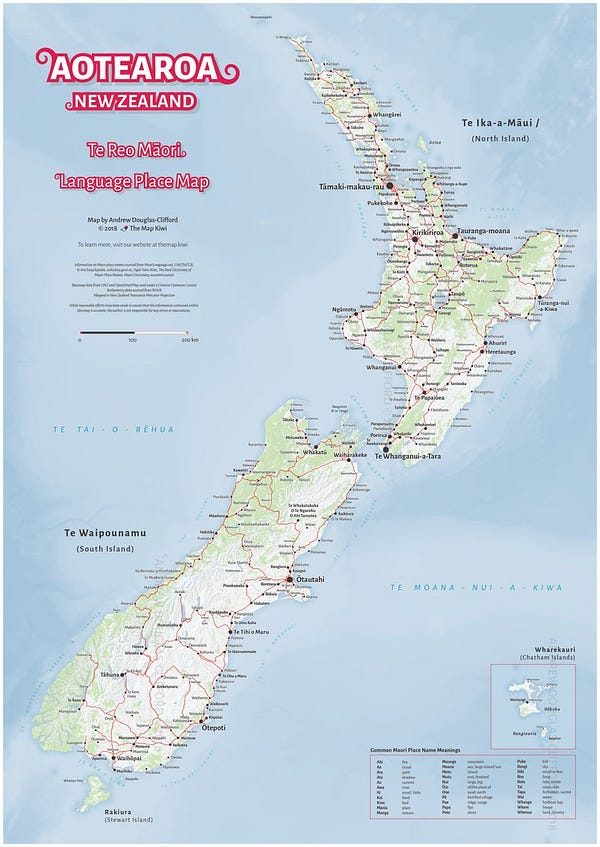
The Little Digger Who Could
When the massive Ever Given container ship blocked the Suez Canal for 6 days in March, already-fragile global supply chains ground to a halt.
The lone excavator charged with digging the vessel free spawned a global meme free-for-all:
3 thousand dreams
Throughout 2021, Sydney-based designer Peter Bentley has been experimenting with generative AI art using the lucidrains/big-sleep text-to-image library. His bot account @3thousanddreams tweets out regular images of “places from an unknown future history”… intriguingly beautiful, impressionistic and surreal:
Tiktok duets
Finally…one of the most wonderful creative accelerators this year has been Tiktok Duets, where musicians can overlay their own track alongside others from all around the world.
Bizarrely this led to an explosion in sea shanties at the beginning of the year (🎵Soon may the Wellerman come, to bring us sugar and tea and rum.🎵)

But for sheer joy and inspired creativity, this NumNumCat mashup is my highlight of the year! (Where does this go from here… what does this mean for musical collaboration…what is a “band” in 2022?)
So…. that’s a wrap for 2021… a year of learning to live with constant uncertainty as the spring winds ever tighter on climate change, Covid-19, existential risks and techno/geopolitics. But advances in technology innovation continue to upgrade how the future could look.
The outlook for 2022 is still uncertain… but not unhopeful.
Ngā mihi nui
Ben
Note: the one major domestic theme of 2021 which I don’t cover above is the escalating Aotearoa housing investment bubble / crisis (take your pick). From a political and economic perspective, the extreme inequity between home-owners and *everyone else* in Aotearoa, has been made acute by monetary and fiscal policy in the last year. The problem just seems politically intractable despite potential technological innovations to increase housing supply.
This issue has been covered extensively and passionately throughout the year by fellow Aotearoa Substacker Bernard Hickey in The Kākā - he sums up the issues at the end of 2021 here: An intergenerational wellbeing crime scene. Something has to change next year.






